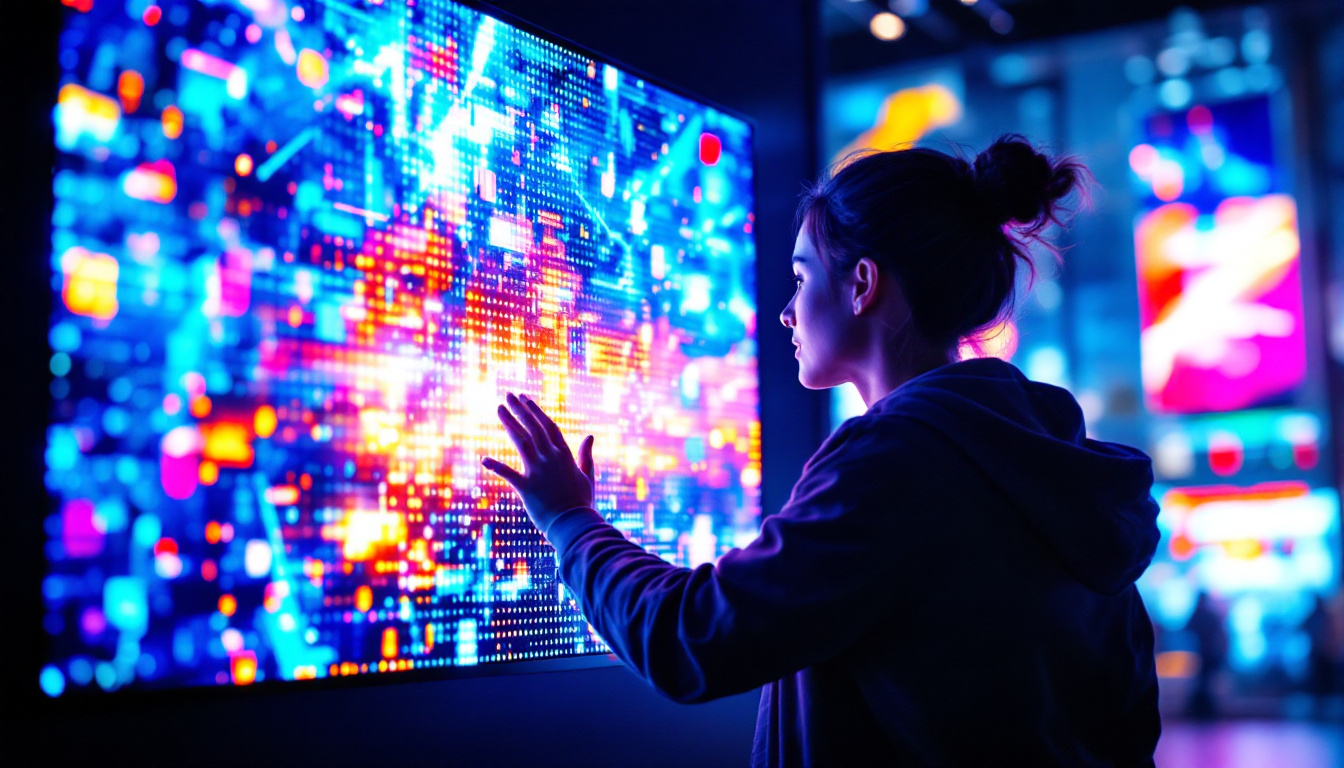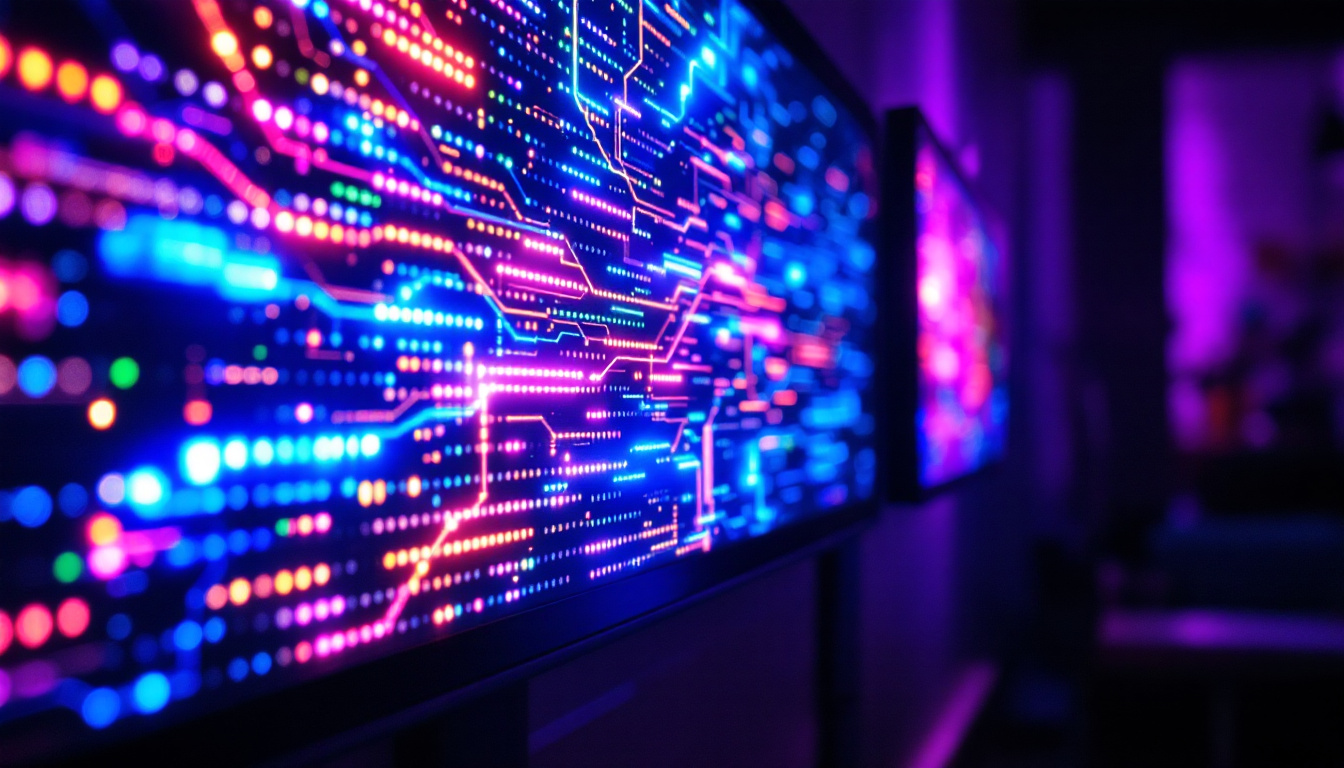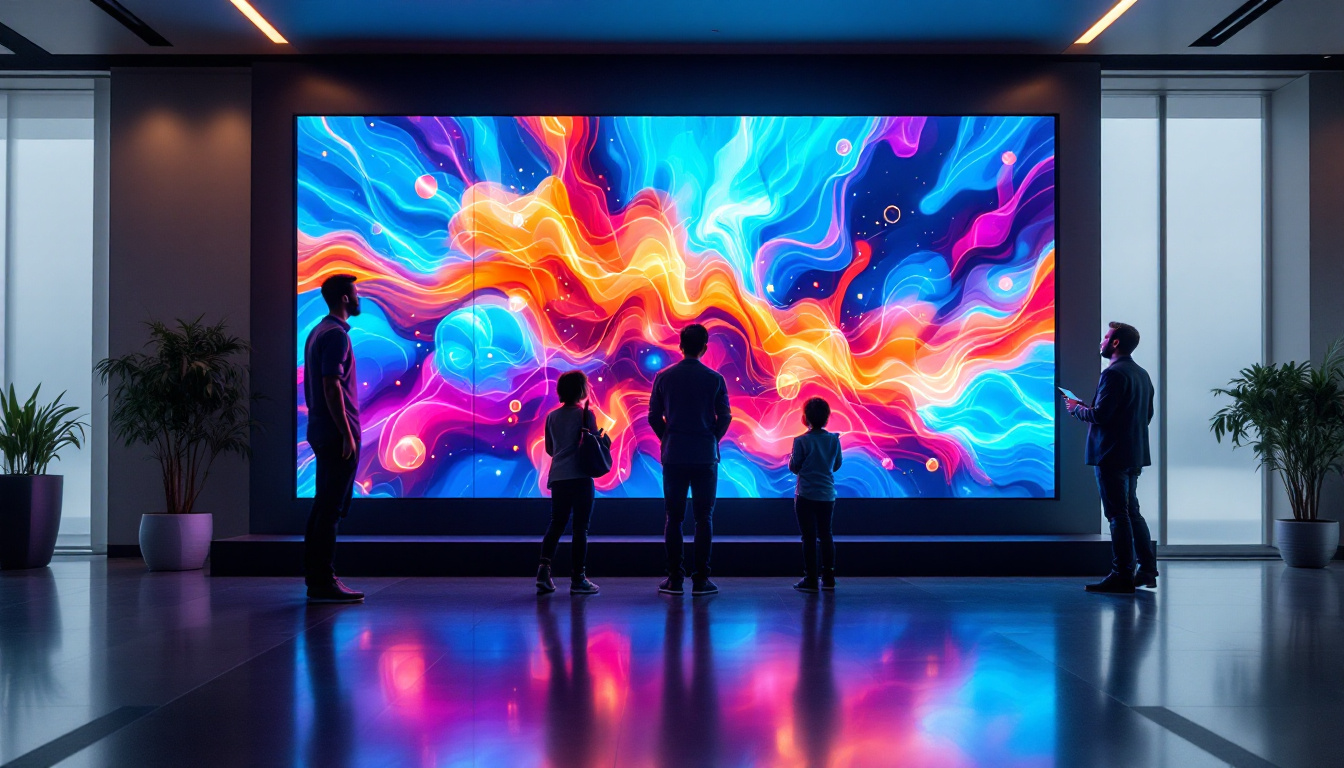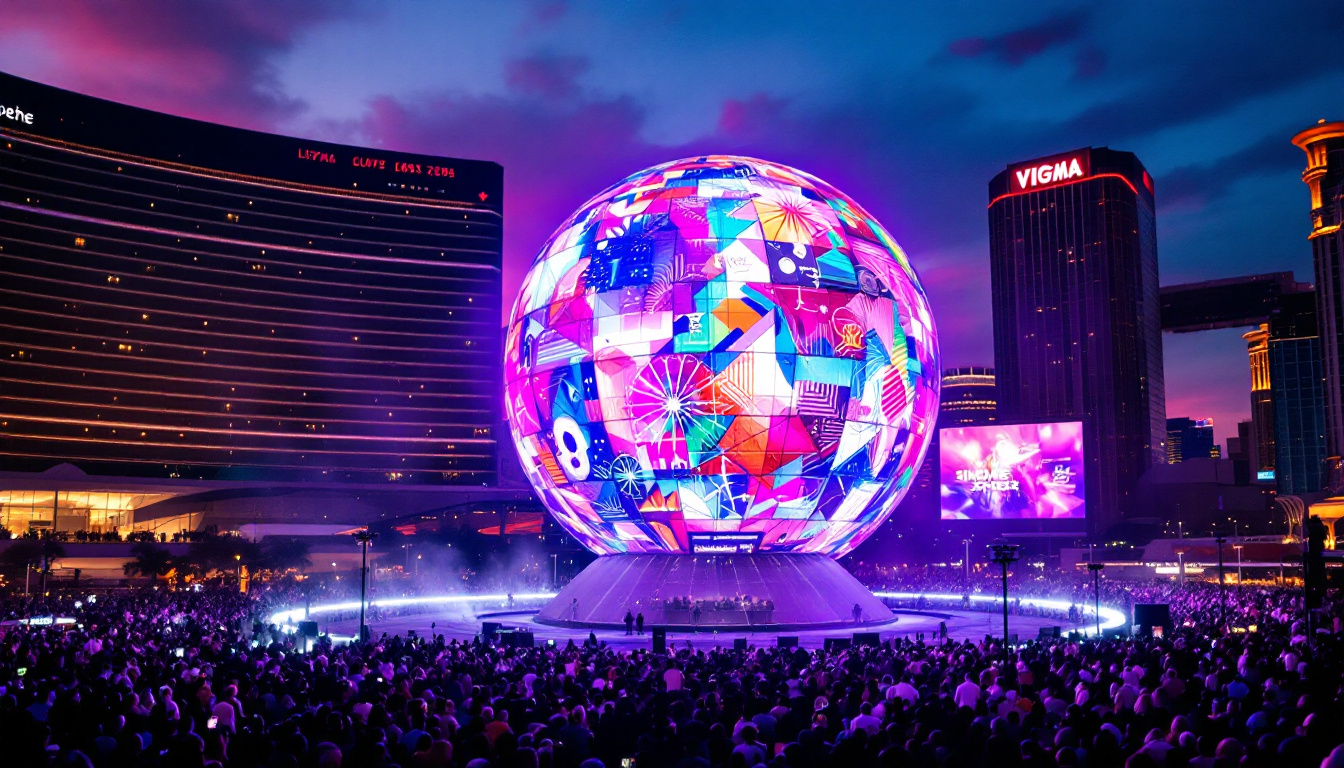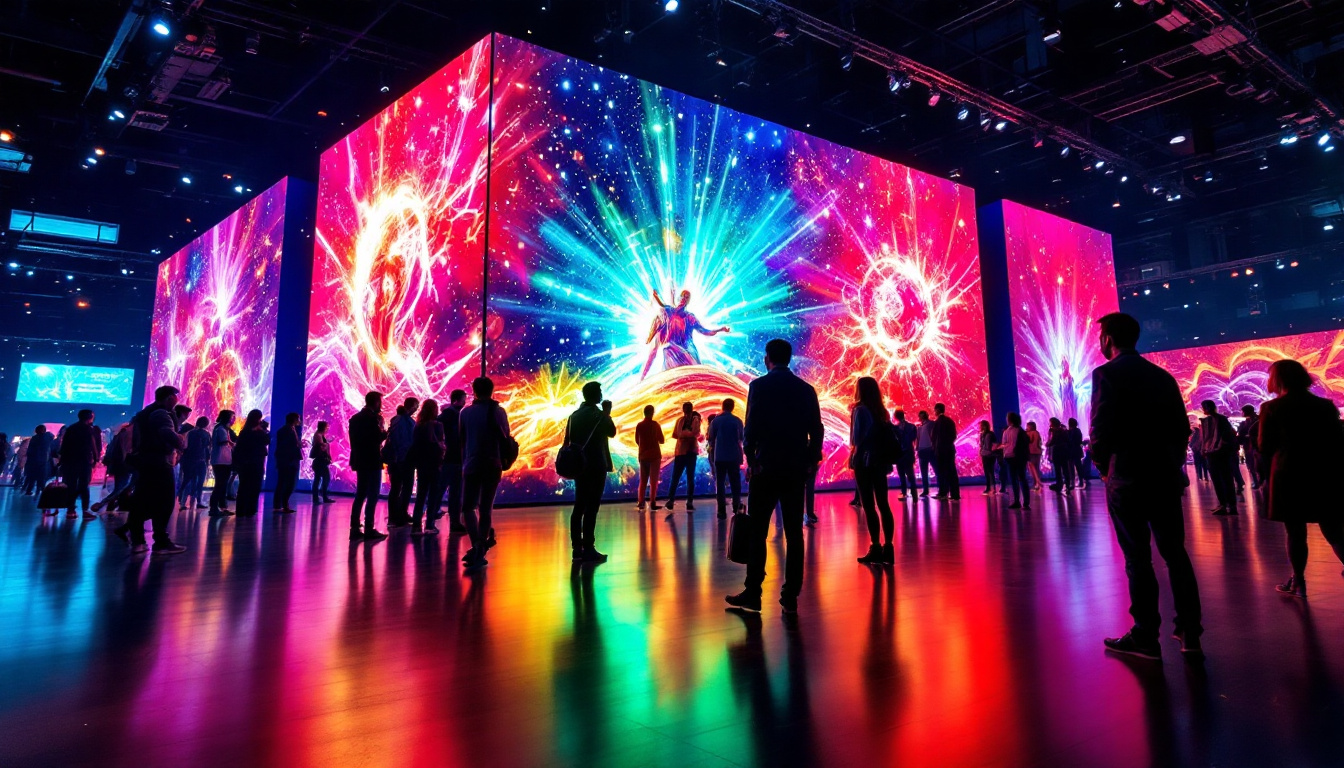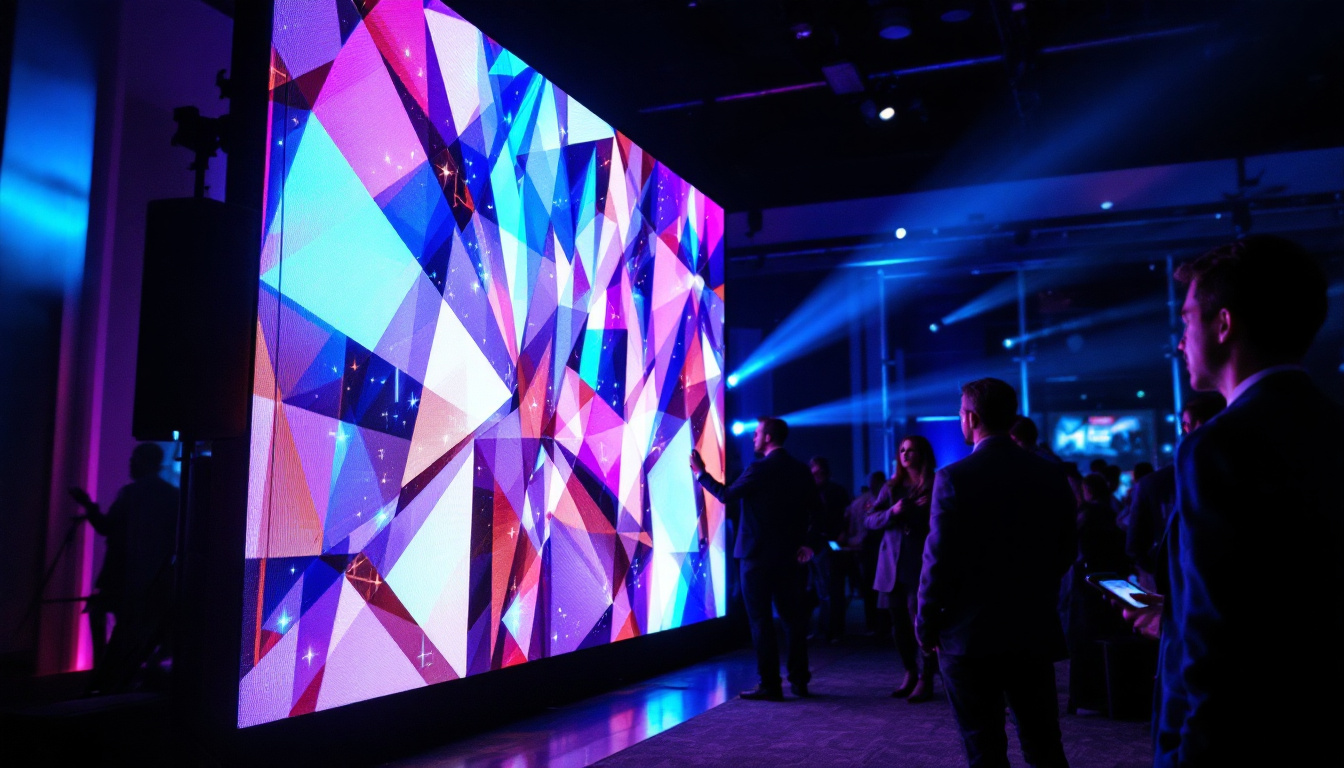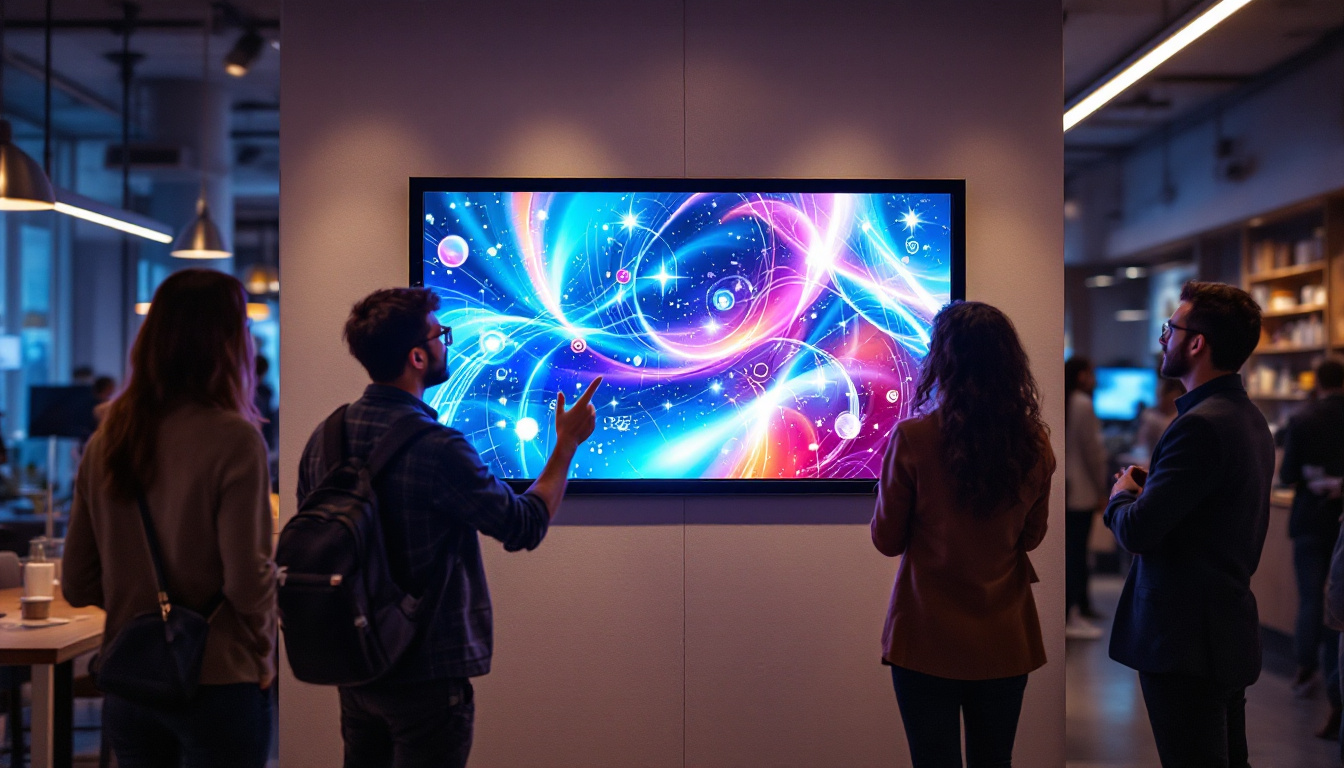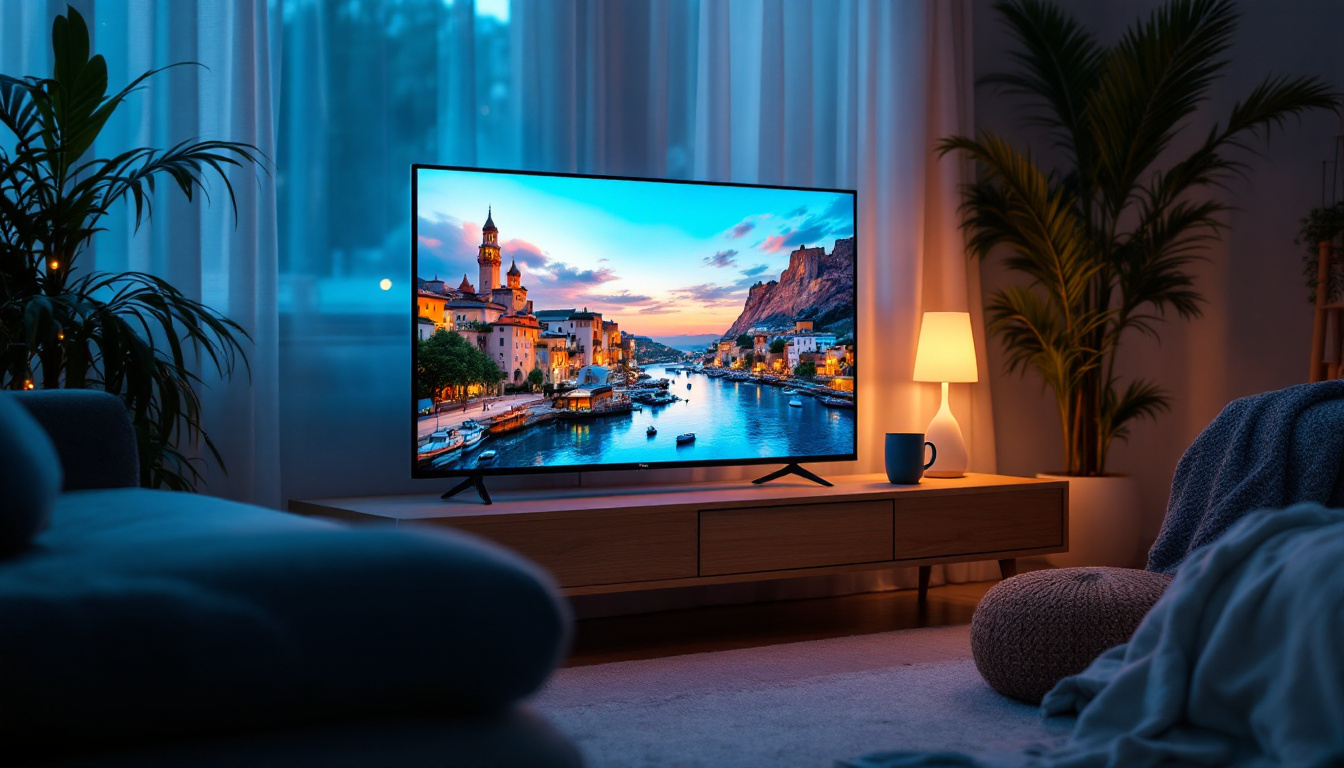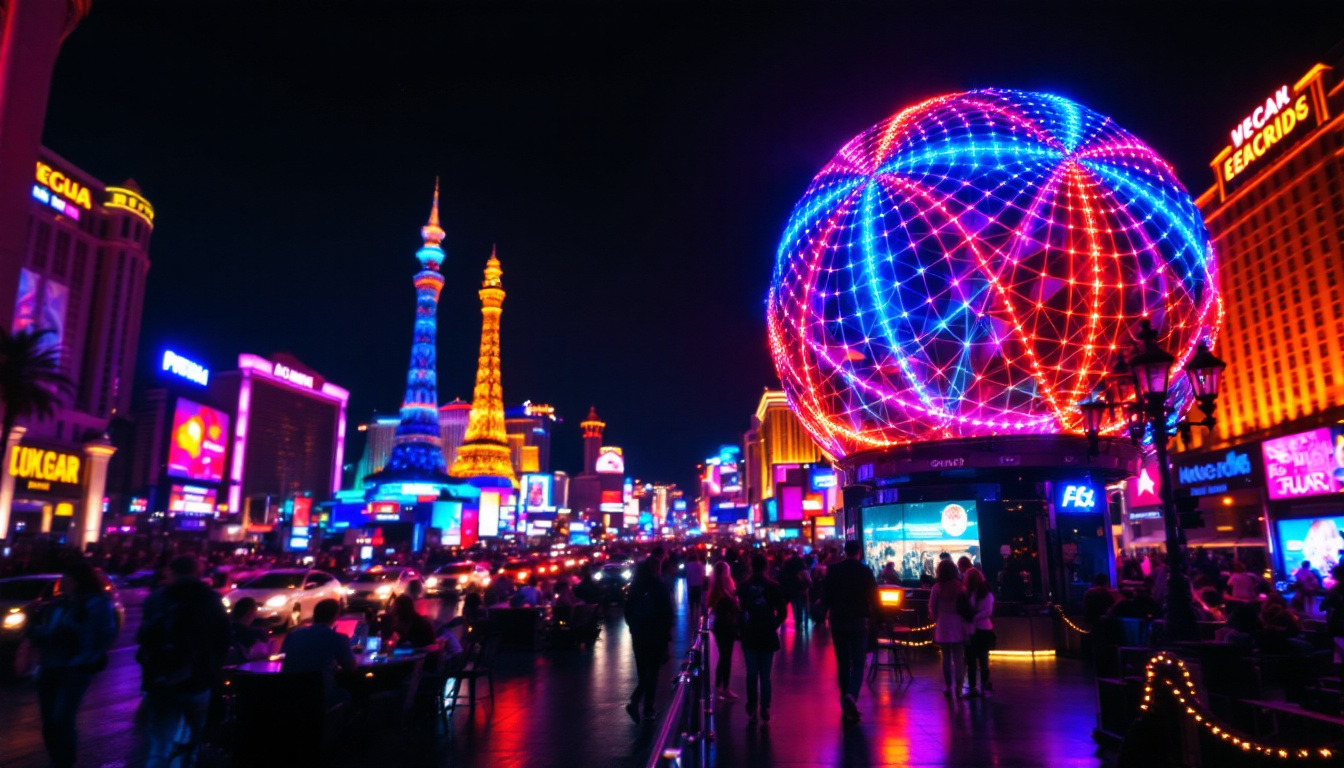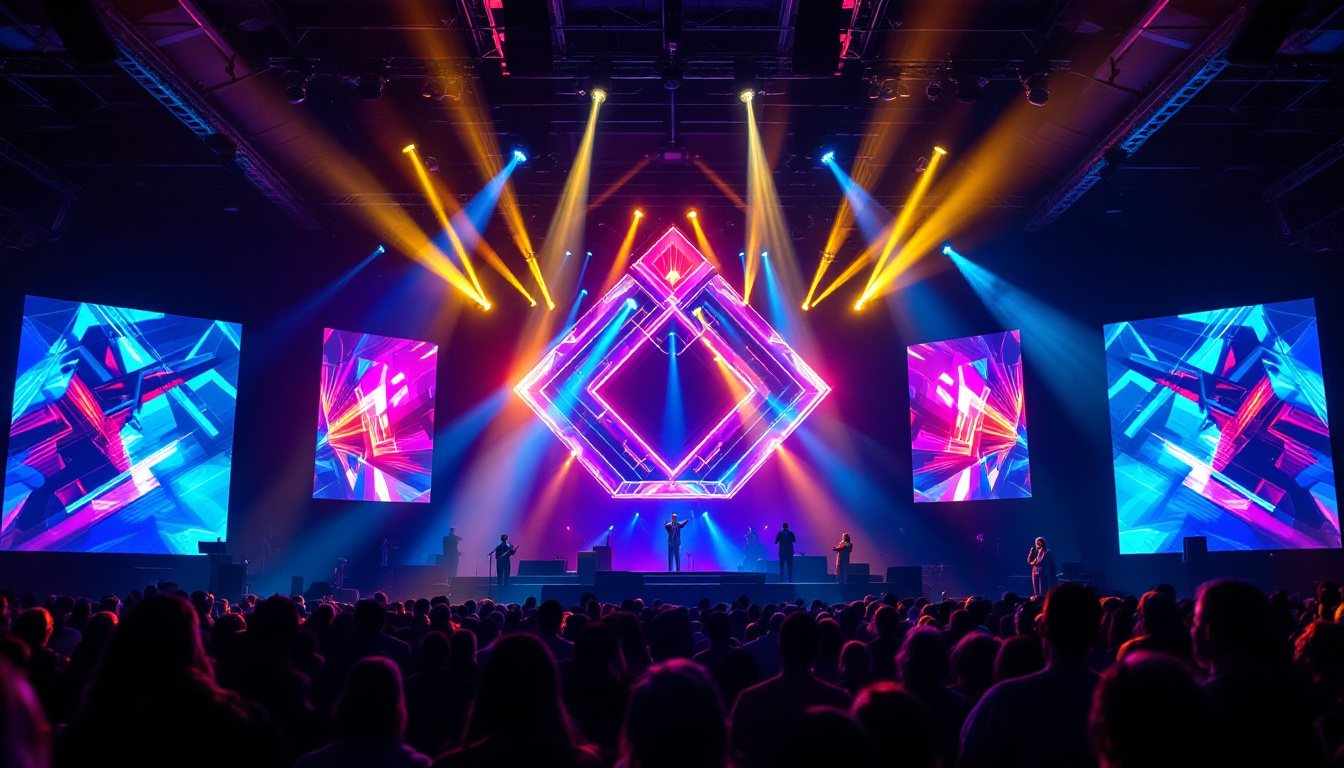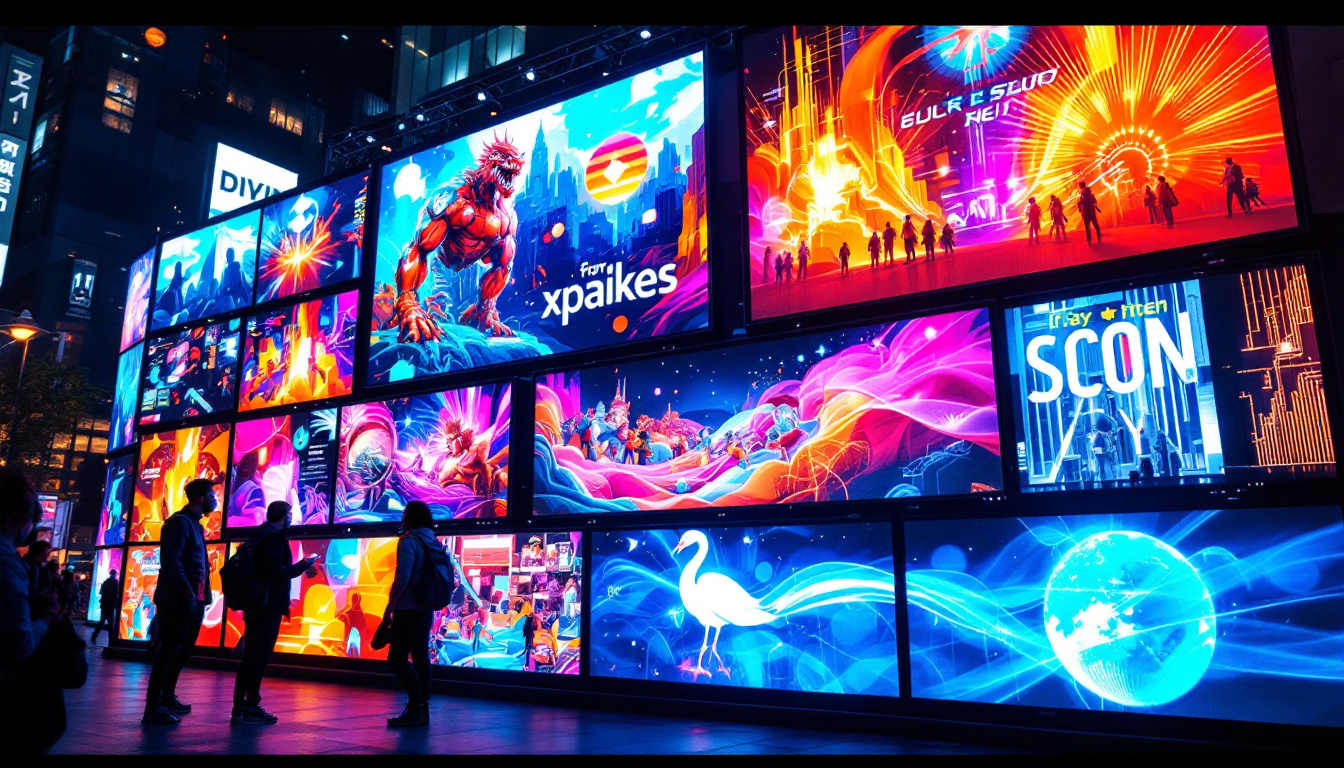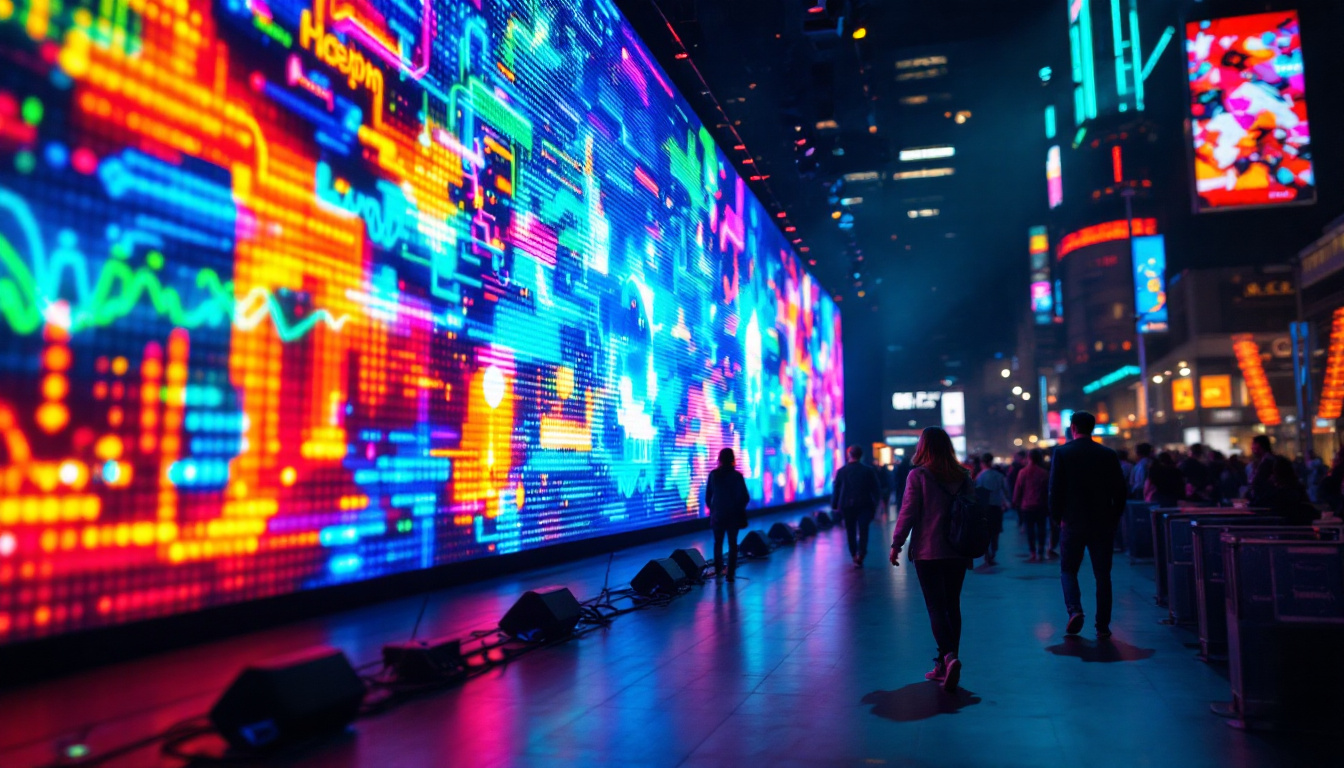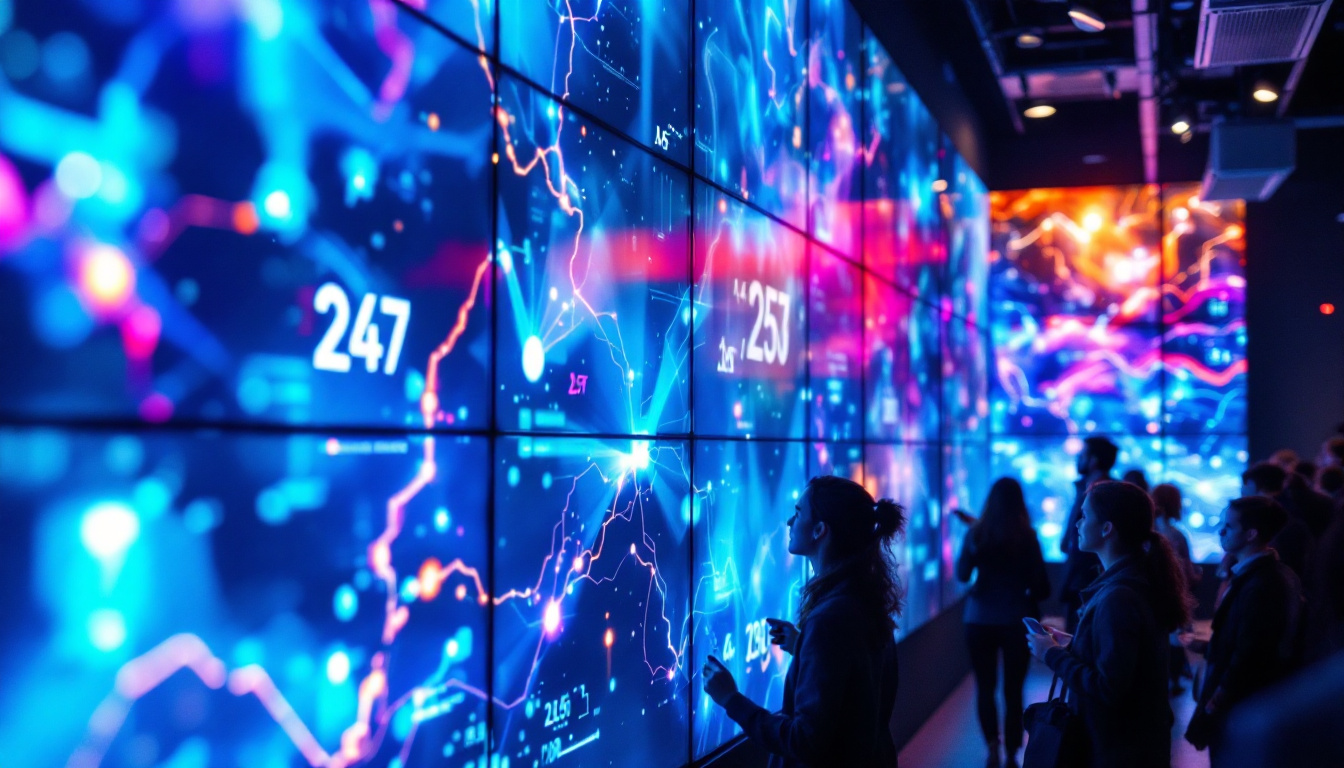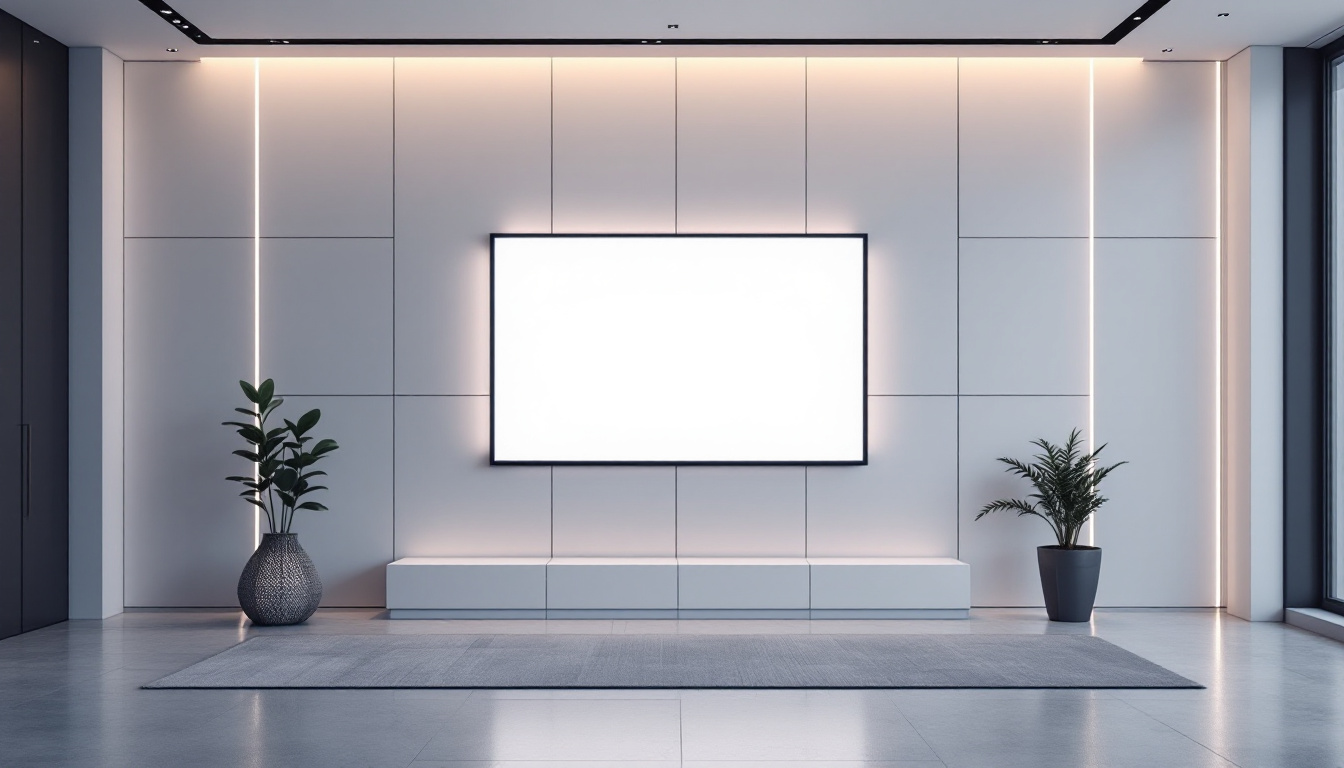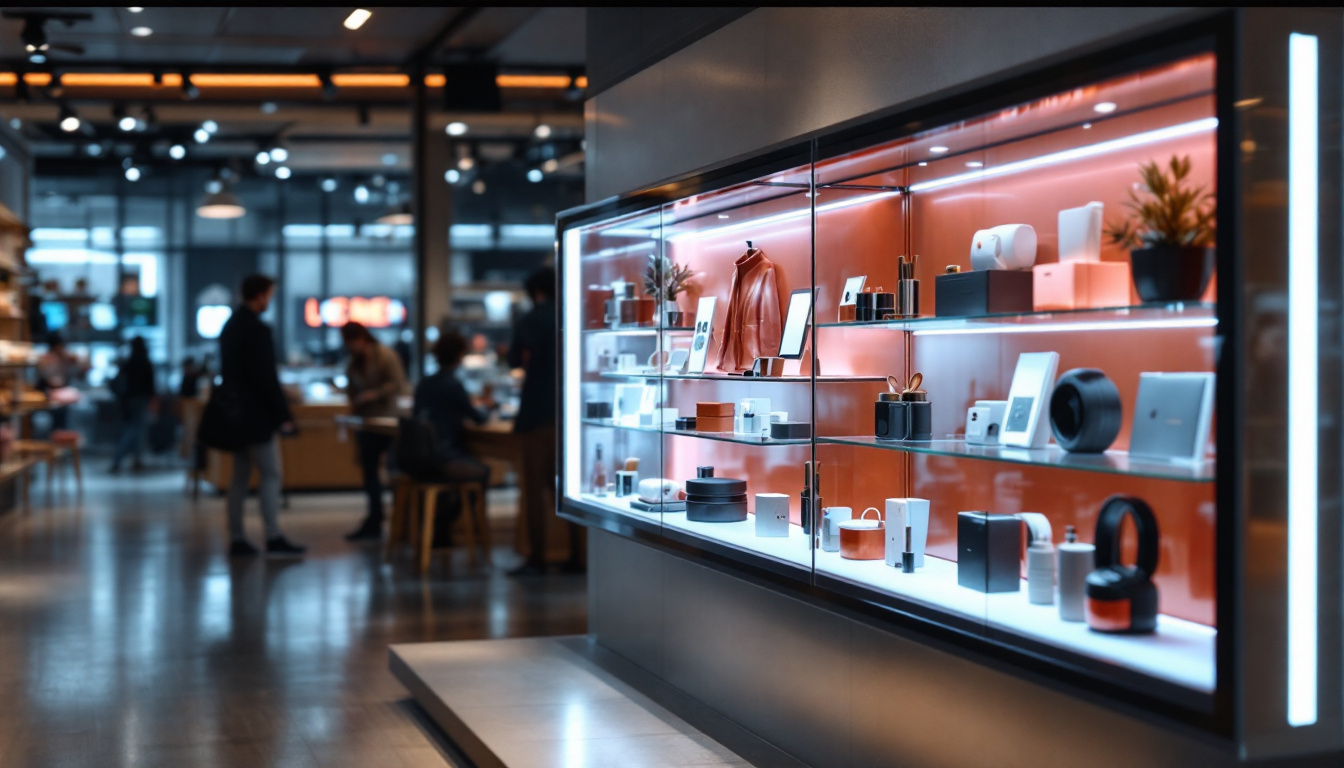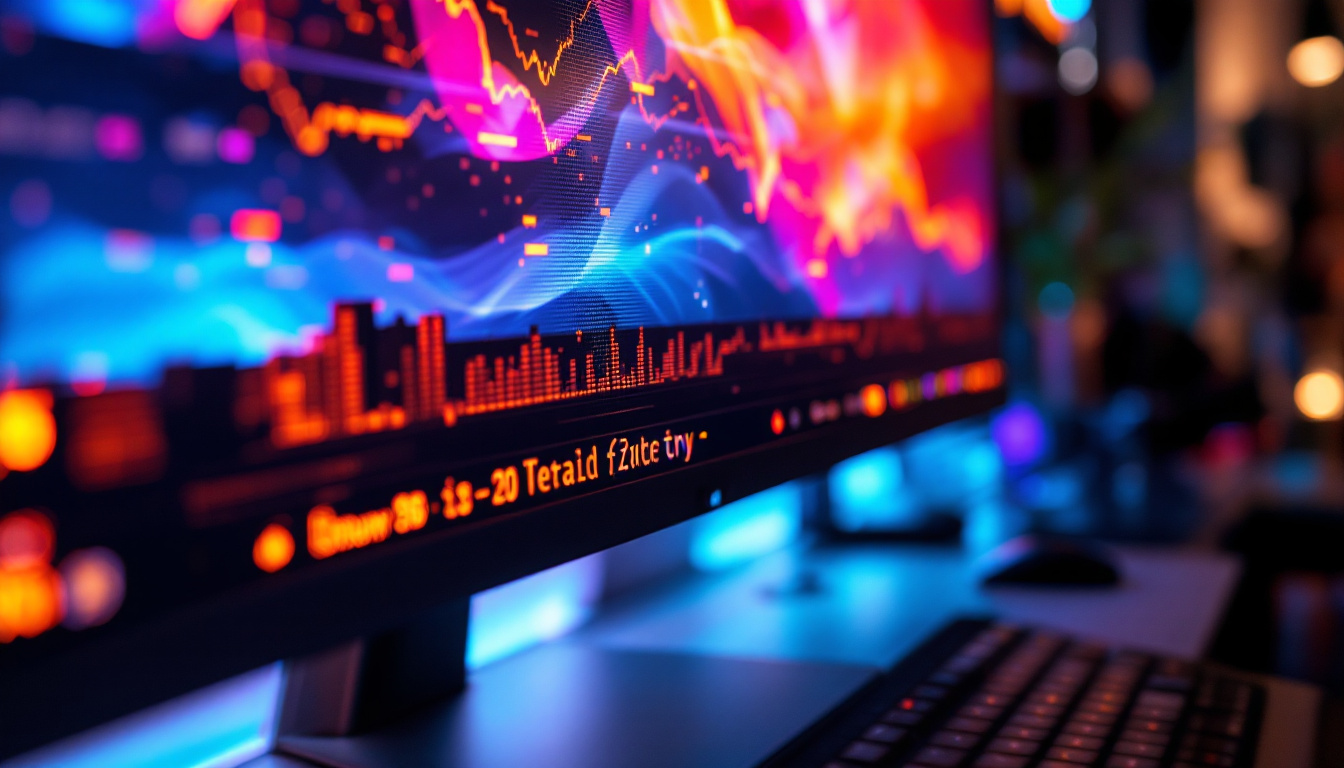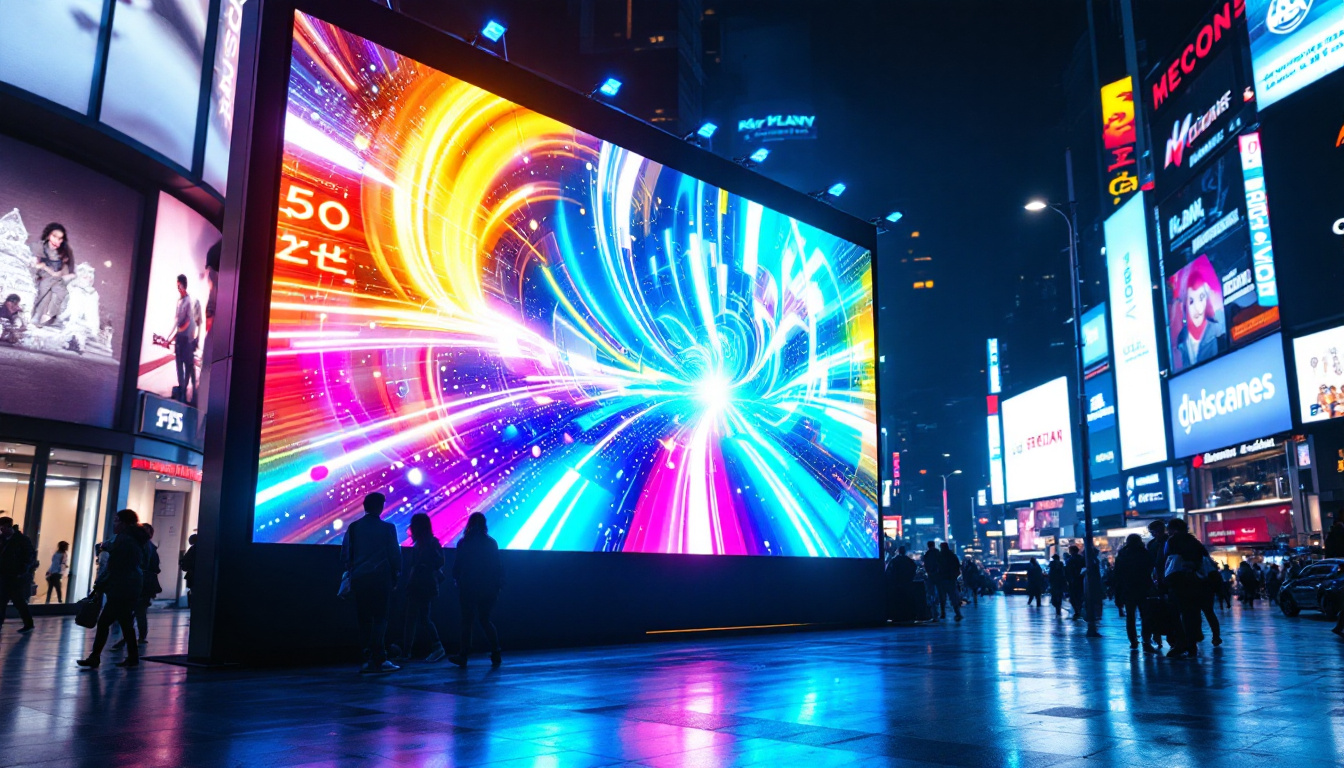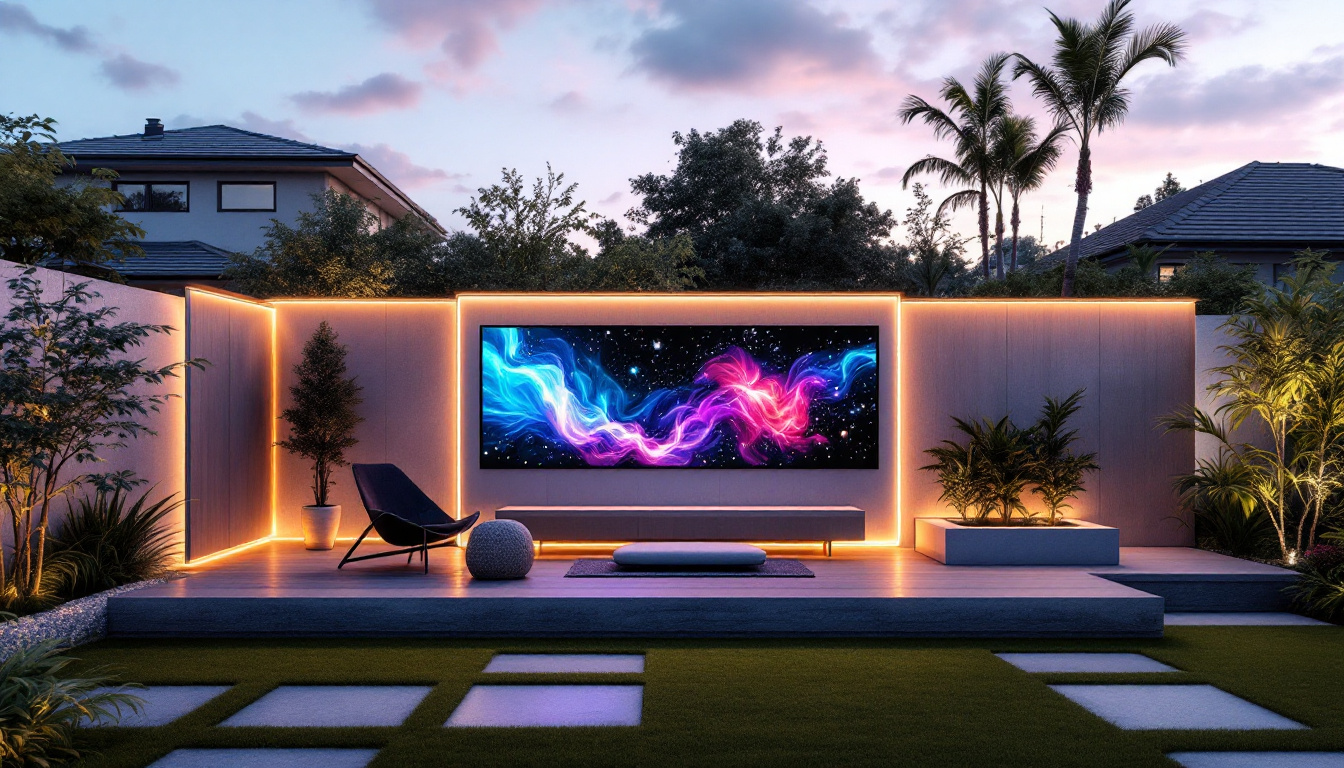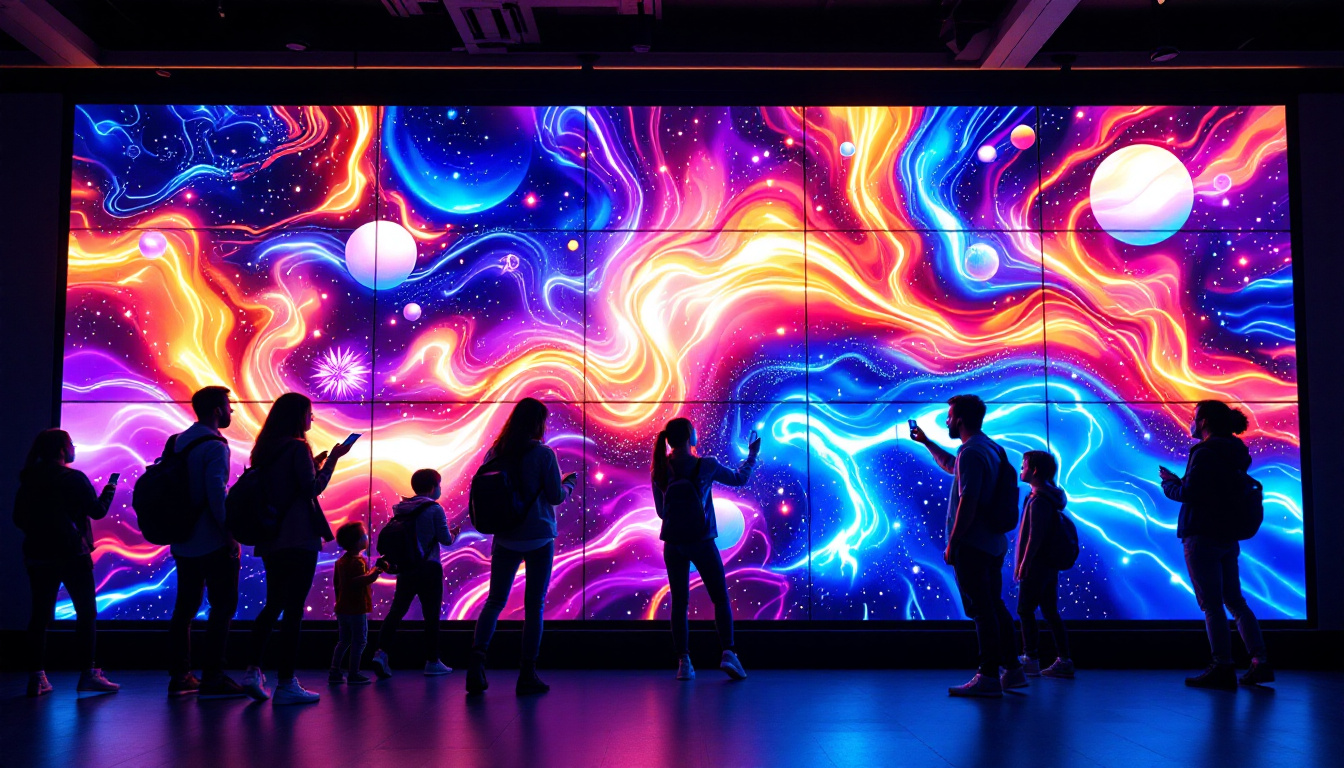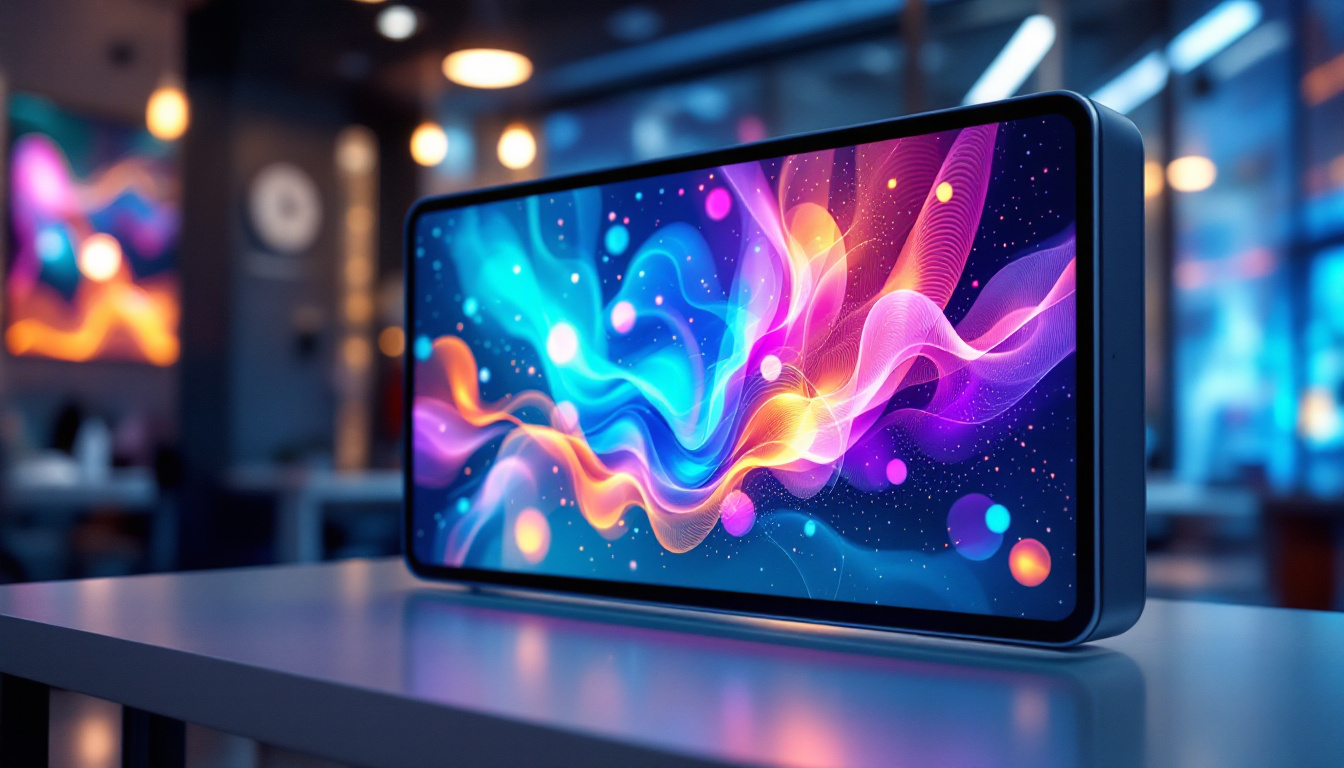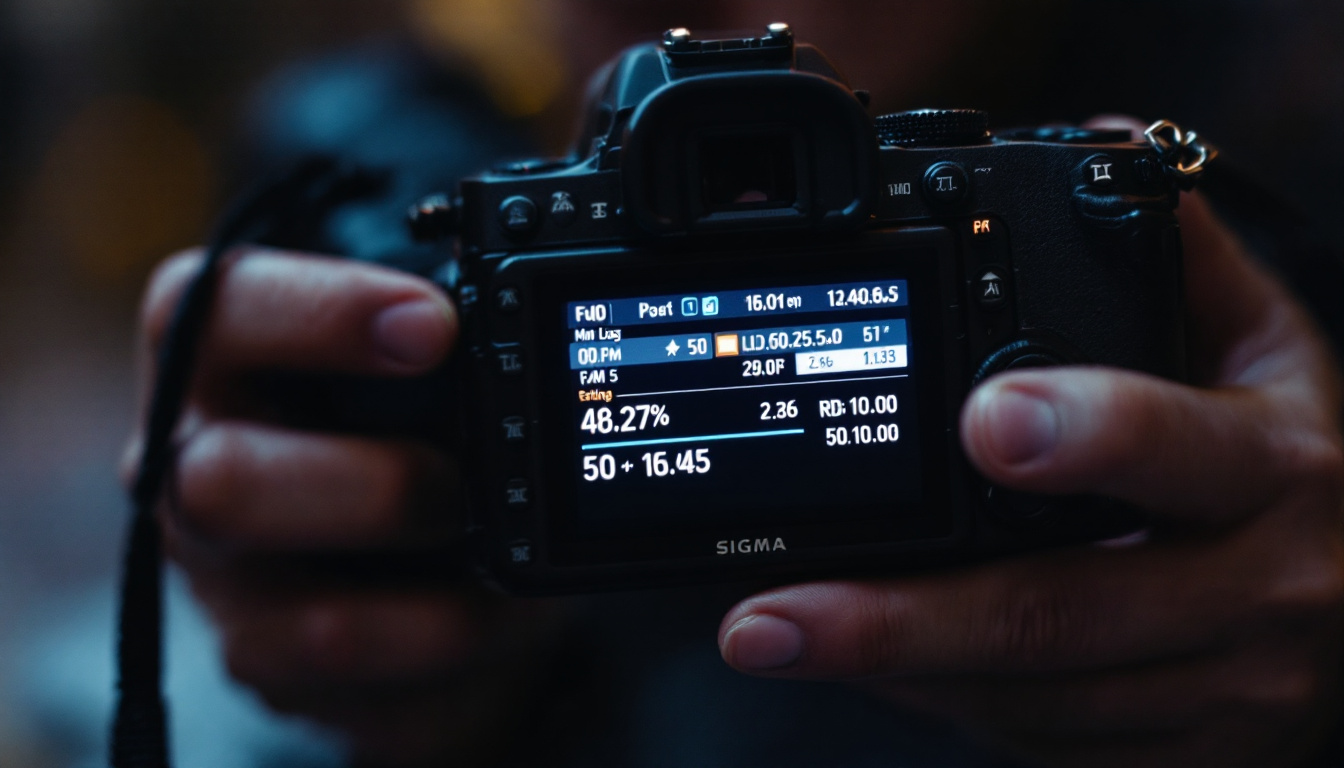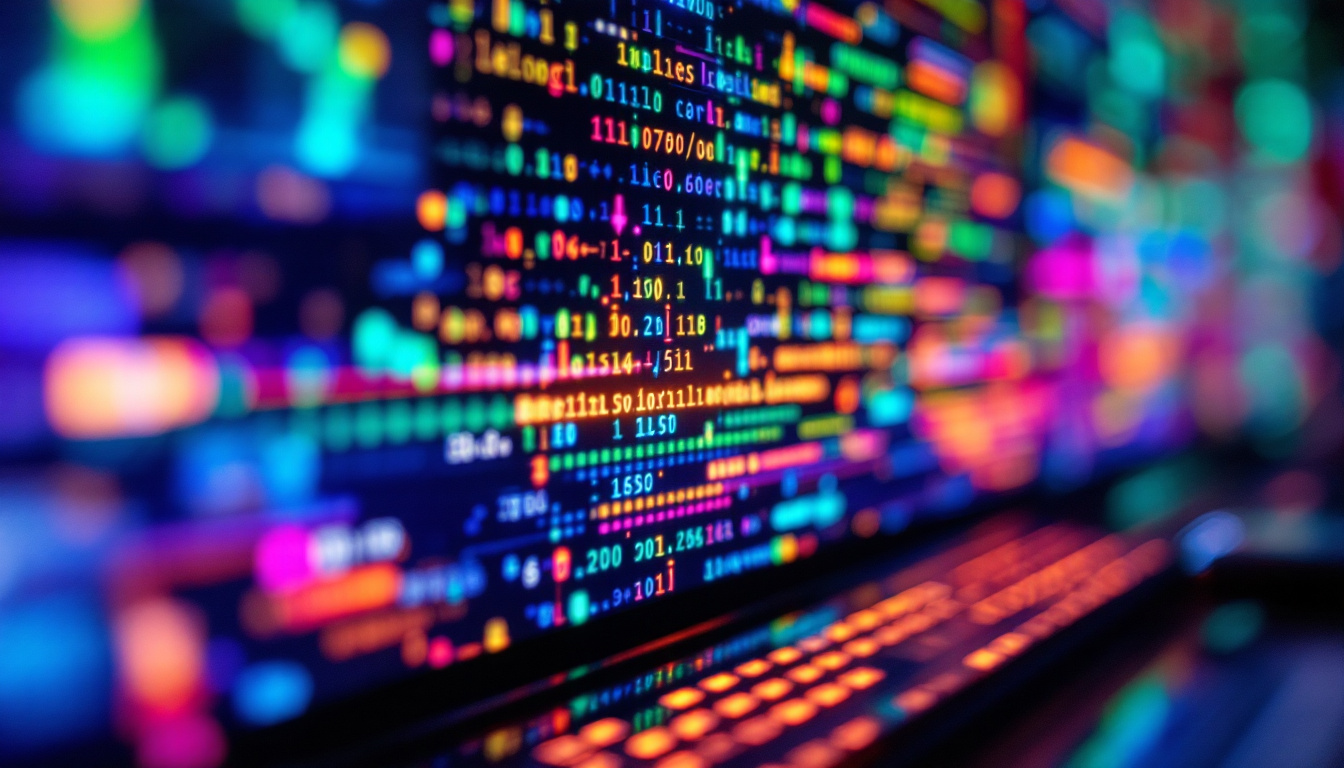In the modern era of visual communication, LED displays have become an integral part of our daily lives. From advertising billboards to indoor screens in shopping malls, the versatility and efficiency of LED technology have revolutionized the way information is presented. This article delves into the intricacies of LED displays, exploring their functionality, types, applications, and advantages.
Understanding LED Technology
Light Emitting Diodes (LEDs) are semiconductor devices that emit light when an electric current passes through them. This technology has evolved significantly over the years, leading to the development of various display types that cater to different needs and environments. From residential lighting to large-scale outdoor displays, LEDs have transformed how we interact with light and visuals in our daily lives, making them an integral part of modern technology.
How LEDs Work
At the core of LED technology is the principle of electroluminescence. When electrons recombine with holes within the device, energy is released in the form of photons, producing light. The color of the emitted light depends on the materials used in the semiconductor. By combining different colors, a full spectrum of light can be created, enabling the display of vibrant images and videos. This efficiency in light production not only reduces energy consumption but also contributes to the longevity of LED devices, often lasting tens of thousands of hours compared to traditional incandescent bulbs.
Types of LED Displays
LED displays can be categorized into several types based on their structure and application. The most common types include:
- Direct View LED Displays: These displays use individual LED modules to create images directly visible to the viewer. They are often used in outdoor advertising, sports arenas, and concerts, where bright and dynamic visuals are essential for capturing attention.
- LED Backlit Displays: These displays utilize LEDs to illuminate an LCD panel, enhancing brightness and color accuracy. This technology is widely used in televisions and computer monitors, providing a thinner profile and improved energy efficiency compared to traditional fluorescent backlighting.
- Organic LED (OLED) Displays: A more advanced form of LED technology, OLEDs provide better contrast and color depth as each pixel emits its own light. This allows for deeper blacks and a wider viewing angle, making OLEDs popular in high-end televisions and smartphones.
In addition to these common types, there are also specialized LED displays designed for specific applications. For instance, transparent LED displays are gaining popularity in retail environments, allowing for eye-catching advertising while maintaining visibility through the glass. Furthermore, microLED technology is emerging as a game-changer, offering even greater resolution and efficiency by using tiny, self-emitting pixels that can be arranged in virtually any configuration. As the technology continues to advance, we can expect to see even more innovative uses of LED displays in various fields, from art installations to automotive lighting.
Applications of LED Displays
LED displays are utilized in a variety of settings, each taking advantage of their unique properties. Their adaptability makes them suitable for numerous applications.
Advertising and Marketing
One of the most prominent uses of LED displays is in advertising. Billboards and digital signage in high-traffic areas capture attention with bright colors and dynamic content. Advertisers can easily update their messages, making LED displays a flexible solution for marketing campaigns. Moreover, the ability to display video content allows brands to engage consumers in a more interactive manner, often leading to higher retention rates of the advertised message. This capability is particularly beneficial for businesses looking to promote limited-time offers or events, as they can quickly adapt their displays to reflect changing promotions.
Entertainment and Events
In the entertainment industry, LED screens are essential for concerts, festivals, and sporting events. They provide large, high-resolution visuals that enhance the audience’s experience. Additionally, LED walls can be configured in various shapes and sizes, allowing for creative stage designs. The versatility of LED technology means that they can be used not only for displaying live feeds and graphics but also for creating immersive environments through synchronized light shows and animations. This has transformed the way audiences experience events, as the visual elements can complement performances, creating a more engaging atmosphere that captivates attendees.
Public Information Systems
LED displays are widely used in public transportation systems to convey real-time information. Bus and train stations often feature LED boards that display arrival times, delays, and other critical updates, ensuring passengers are well-informed. These displays not only improve the efficiency of public transport systems but also enhance passenger satisfaction by reducing uncertainty. Furthermore, LED technology can be integrated with mobile apps, allowing commuters to receive notifications on their devices about schedule changes or emergencies, thus fostering a more connected and responsive transportation network. This integration of digital signage with smart technology exemplifies how LED displays are evolving to meet the needs of modern urban environments.
Advantages of LED Displays
The popularity of LED displays can be attributed to their numerous advantages over traditional display technologies. Understanding these benefits can help businesses and organizations make informed decisions when investing in display solutions.
Energy Efficiency
One of the most significant advantages of LED displays is their energy efficiency. Compared to traditional incandescent bulbs and even fluorescent lights, LEDs consume significantly less power. This not only reduces operational costs but also contributes to a lower carbon footprint. In fact, studies have shown that switching to LED technology can lead to energy savings of up to 80%, making it an environmentally friendly option for both commercial and residential applications. As energy costs continue to rise, the financial benefits of LED displays become increasingly appealing.
Longevity and Durability
LED displays are known for their long lifespan, often exceeding 50,000 hours of use. This durability makes them a cost-effective investment, as they require less frequent replacements and maintenance. Additionally, LEDs are more resistant to shock and vibration, making them suitable for various environments. Unlike traditional bulbs that can easily break, LED technology is solid-state, meaning they are less prone to damage from external factors. This resilience is particularly beneficial for outdoor installations, where weather conditions can be unpredictable and harsh.
High Brightness and Visibility
LED displays offer exceptional brightness levels, making them visible even in direct sunlight. This characteristic is particularly advantageous for outdoor applications where visibility is crucial. The ability to adjust brightness levels also ensures optimal viewing conditions in different lighting environments. Furthermore, LED technology provides a wide color gamut and superior contrast ratios, enhancing the overall visual experience. This makes LED displays ideal for advertising, public information displays, and events, where capturing attention and conveying messages clearly is essential. The vibrant colors and sharp images produced by LED displays can significantly enhance brand visibility and audience engagement.
Versatility in Design
Another notable advantage of LED displays is their versatility in design. They can be manufactured in various shapes and sizes, allowing for creative installations that can fit any space or aesthetic. From large-scale video walls to small digital signage, the adaptability of LED technology enables businesses to customize their displays to meet specific needs. Additionally, advancements in flexible LED technology have made it possible to create curved or even transparent displays, opening up new possibilities for innovative advertising and artistic installations. This level of customization not only enhances the visual appeal but also allows for seamless integration into different architectural designs.
Challenges and Considerations
While LED displays offer numerous benefits, there are also challenges and considerations that potential users should be aware of. Understanding these aspects can help in making better choices regarding the use of LED technology.
Initial Investment Costs
The initial cost of purchasing and installing LED displays can be higher than traditional display options. However, the long-term savings in energy consumption and maintenance often justify this upfront investment. Organizations should weigh the initial costs against the potential return on investment.
Technical Expertise for Installation
Installing LED displays often requires specialized knowledge and expertise. Proper installation is crucial for optimal performance and longevity. Organizations may need to hire professionals or invest in training for their staff to ensure that the displays are set up correctly and maintained effectively.
The Future of LED Displays
As technology continues to evolve, the future of LED displays looks promising. Innovations in materials, design, and functionality are paving the way for even more advanced display solutions.
Advancements in Technology
Emerging technologies, such as microLED and miniLED, are set to enhance the capabilities of LED displays further. These advancements promise better color accuracy, improved contrast ratios, and even thinner display panels, expanding the possibilities for various applications.
Integration with Smart Technology
The integration of LED displays with smart technology is another trend gaining traction. Smart LED displays can connect to the internet, allowing for real-time updates and interactive content. This capability enhances user engagement and provides businesses with valuable data analytics.
Conclusion
LED displays have transformed the landscape of visual communication, offering a versatile and efficient solution for various applications. Their energy efficiency, durability, and high visibility make them an attractive option for businesses and organizations looking to enhance their messaging and engagement strategies. As technology continues to advance, LED displays are poised to become even more integral to our daily lives, shaping the way information is shared and consumed.
In summary, understanding the intricacies of LED displays—from their functionality and types to their applications and future potential—can empower organizations to make informed decisions. As the demand for dynamic and engaging visual content grows, LED technology will undoubtedly play a crucial role in meeting these needs.
Discover LumenMatrix LED Display Solutions
Ready to elevate your visual communication with cutting-edge LED technology? LumenMatrix is at the forefront of innovation, offering a wide range of LED display solutions tailored to your needs. From captivating Indoor and Outdoor LED Wall Displays to dynamic Vehicle and Sports LED Displays, our products are designed to enhance brand visibility and engage your audience. Experience the future of digital signage with our All-in-One LED Displays, LED Posters, and even Custom LED solutions that fit any creative vision. Embrace the power of LED technology and transform your space with LumenMatrix. Check out LumenMatrix LED Display Solutions today and start creating unforgettable visual experiences.

